 Home - TDLAS modules - Applications - From Tokyo to Paris: A Journey Towards Green and Sustainable Olympics
Home - TDLAS modules - Applications - From Tokyo to Paris: A Journey Towards Green and Sustainable Olympics In preparing for the 2020 Olympics, Tokyo worked diligently to make the event both eco-friendly and high-tech.
100% Renewable Energy: Beyond Just Sunshine
All venues for the Tokyo Olympics were powered by renewable energy. This energy primarily came from solar and wind sources. The Tokyo Organizing Committee ensured the authenticity of these renewable sources through third-party certification, achieving truly "green power."
Hydrogen Energy Promotion: Aligning with Japan’s Hydrogen Economy
During the Olympics and Paralympics, 500 fuel cell electric vehicles provided by global Olympic partner Toyota were used. Hydrogen fuel was also utilized for the Olympic flame torch and in the Olympic and Paralympic Villages.

Reducing Carbon Emissions: Every Ton Counts
Tokyo meticulously managed carbon emissions by employing the latest carbon capture technologies and closely monitoring the event’s carbon footprint. The Tokyo Organizing Committee not only advocated the 3R principles—Reduce, Reuse, Recycle—but also implemented them in practice. For example, the podiums were made from recycled plastic bottles, and the medals were crafted from recycled electronic waste, including over 5,000 medals extracted from 7,000 tons of small electronic devices and 6.21 million old phones collected from NTT Docomo retail stores.
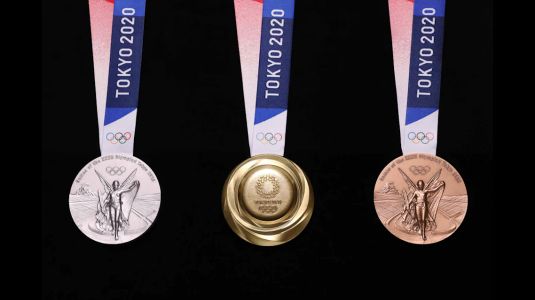
Thanks to these initiatives, Tokyo’s carbon emissions were kept below 2 million tons.
Looking ahead to the 2024 Paris Olympics, the goal is even more ambitious: to cut the event’s carbon emissions by half compared to previous games. The Paris 2024 Organizing Committee is applying the ARO approach—Avoid, Reduce, Offset—while introducing two new stages: emission forecasting and leveraging the appeal of sports to drive carbon neutrality.
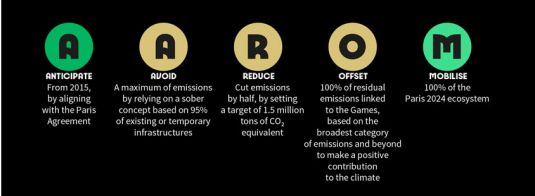
Paris 2024 Olympic Village: Sustainability and Legacy
The Paris 2024 Olympic Village is designed with sustainability in mind, using 100% renewable energy. After the Games, it will be transformed into a new community by 2025, housing 6,000 residents and 6,000 workers. Located between Saint-Denis, Seine-Saint-Denis, and Saint-Denis Island, the community will feature housing, sports facilities, parks, shops, and other amenities, leaving a valuable legacy.
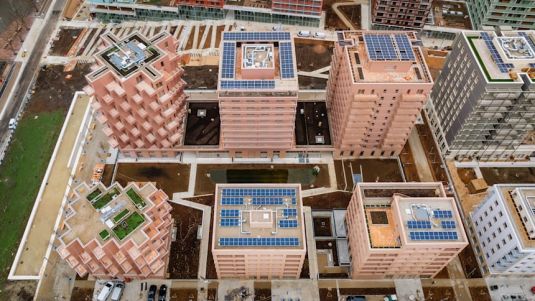
Paris 2024 Venues: Existing and Temporary Facilities
95% of the Paris 2024 venues are either existing or temporary, with only the Olympic Aquatics Centre being newly built. This venue is designed with low-carbon features and sustainability in mind, such as reducing heating needs by 30% through its large concave wooden structure and using photovoltaic panels for power.
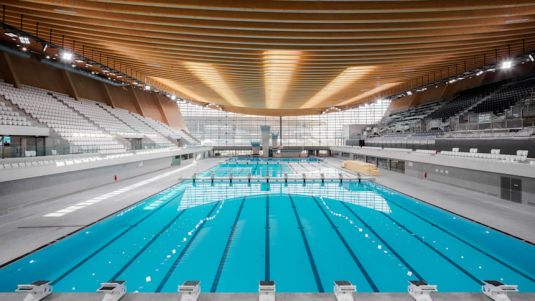
Eiffel Tower "Scrap Metal" and Paris 2024 Medals
Each medal for the Paris 2024 Olympics and Paralympics will include a piece of symbolic metal from the original iron used to build the Eiffel Tower. This initiative aims to provide athletes with a permanent reminder of the Olympics, Paris, and France.

While some may view these low-carbon measures as superficial, the true impact of the Paris Olympics' carbon footprint will only be known after the Games. Tokyo and Paris have demonstrated that even grand events can be conducted with minimal harm to the planet. They show how carbon reduction can be approached from multiple angles and remind us of the overlooked carbon emissions in our daily lives. These Games may set a benchmark for future major events, making environmental sustainability a necessary consideration.
These low-carbon efforts are not just for show; they are supported by technology and a sense of environmental responsibility. As a high-tech company, HealthyPhoton is committed to contributing more to carbon neutrality.
As a high-tech enterprise dedicated to low-carbon and environmental protection, HealthyPhoton is actively participating in this global low-carbon movement.
The HT8800 series portable high-precision greenhouse gas analyzers developed by HealthyPhoton offer integrated monitoring of multiple gases (CO2, CH4, N2O, H2O) using mid-infrared bands. These analyzers feature strong absorption lines with no cross-interference, providing accurate measurements and robust support for greenhouse gas emission monitoring.
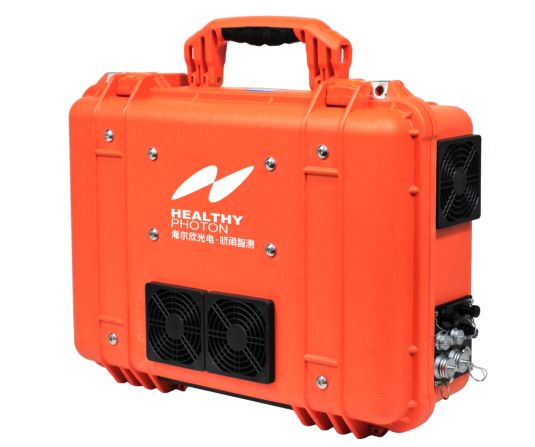

Join Us in the Low-Carbon Olympic Journey
From Tokyo to Paris, and from advanced technology to widespread participation, the low-carbon Olympics is more than just a slogan—it is a global trend. HealthyPhoton, as part of this low-carbon wave, will continue to contribute to global sustainable development through technological innovation.
Follow us and let's fuel a green future together!
 (Linkedin)
(Linkedin)
 Tel:+86-400 961 6990 Email:info@healthyphoton.com
Add:Room 305, Building 1, Zhongchuang Science Park, Jinyuan Road, Panhuo Street, Yinzhou District, Ningbo City,China
Tel:+86-400 961 6990 Email:info@healthyphoton.com
Add:Room 305, Building 1, Zhongchuang Science Park, Jinyuan Road, Panhuo Street, Yinzhou District, Ningbo City,China


